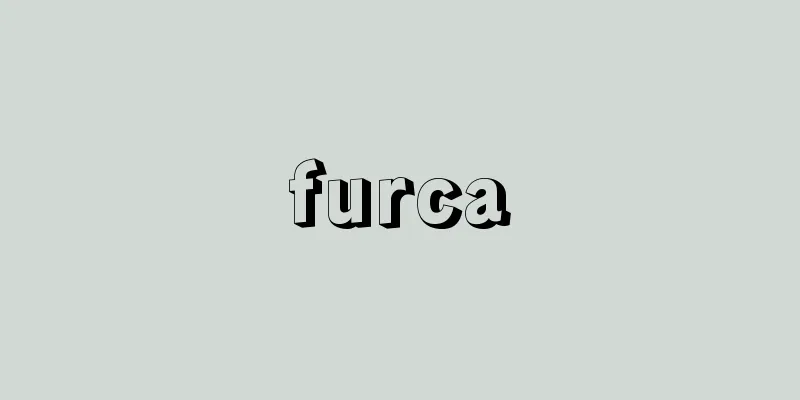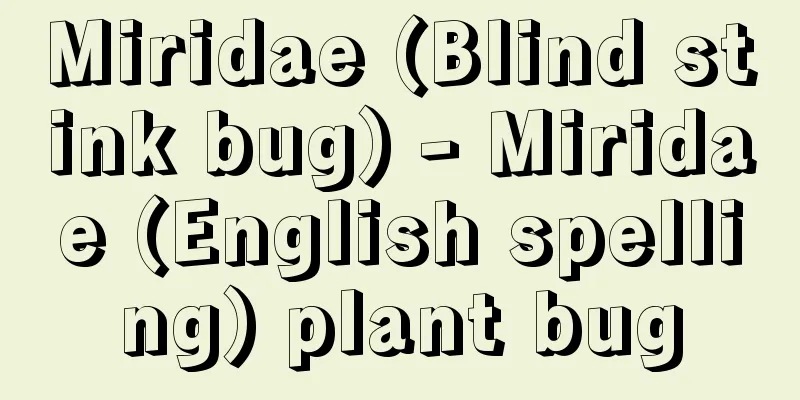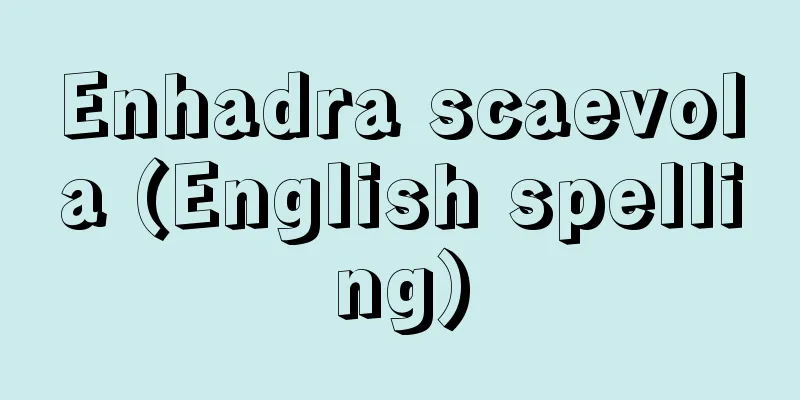Donation - charity

|
Originally a Buddhist term, it refers to altruism and actions based on it. Although the form and meaning of the action differs from religion to religion, similar actions are widely seen in a wide variety of religions, and charity is broadly understood as a typical religious ethical action. Even in primitive religions, mutual aid for the weak and the poor and protection by influential people are widely practiced, supported by a mixture of blood ties and religious consciousness. In Hinduism, giving of treasures to Brahmin monks and monks has been considered a meritorious act since ancient times. Buddhist charity is thought to have inherited this Hindu idea, and giving of treasures is mainly limited to monks and their religious organizations (Sangha, Sangya). For lay believers, it is considered a meritorious act of protecting the Three Jewels (Buddha, Dharma, and Sangha) and letting go of attachment to treasures, and it is still widely practiced in Theravada Buddhism today. In Judaism, Christianity, and Islam, charity is primarily directed toward helping the poor. In Judaism, specific references to charity are found in the Old Testament, where it is considered an act of righteousness and atonement, and is further regulated in detail in the Torah. In Christianity, giving to the poor is considered a direct practice of the teachings of love preached by Jesus, and was widely practiced in ancient and medieval times, and the tradition continues today. In Islam, there are two types of charity: Zakat (obligatory charity), which is one of the religious obligations, and Sadaqah (free charity). Zakat was institutionalized as a poor relief tax quite early on, and later, as Islamic law was systematized, the tax subjects, tax rates, and use were specified in detail. Sadaqah is left to the free will of the individual and is also recognized as an act of atonement. The wealth from charity is distributed to the poor, orphans, and tax collectors, and is also used for religious activities such as evangelism and holy war. In the Quran, the distinction between the two is not clear, and it is clear that the spirit of charity is emphasized in both, as Sadaqah generally means "sincerity" and Zakat generally means "purity of heart." The ideal of Islam is to maintain the community properly based on each individual's faith, and charity succinctly expresses this ideal. [Yoshiko Oda] Source: Shogakukan Encyclopedia Nipponica About Encyclopedia Nipponica Information | Legend |
|
元来は仏教用語で、利他心およびそれに基づく行為をいう。行為の形態や意味は各宗教により異なるが、同様な行為は広くさまざまな宗教にみられ、喜捨は一つの典型的な宗教倫理行為という広義の意味に解される。未開宗教でも、弱者・困窮者の相互扶助や有力者による保護は血縁意識と宗教意識の混合した力に支えられ、広く行われている。 ヒンドゥー教では、古来、バラモン僧や出家修行者への財宝の施しは功徳(くどく)ある行為とされている。仏教の喜捨は、このヒンドゥー教の理念を受け継いだものと考えられ、財宝の施しはおもに出家僧とその教団(サンガ、僧伽(そうぎゃ))に限られている。在俗信徒にとっては、それは三宝(仏・法・僧)を護持し、かつ財への執着を離れる功徳ある行為とされ、上座部仏教では今日も盛んに行われている。 ユダヤ教、キリスト教、イスラム教では、喜捨はおもに貧者救済に向けられる。ユダヤ教では、『旧約聖書』に喜捨の具体的な言及がみられ、神の義にかなう行為、贖罪(しょくざい)の行為とみなされ、さらに律法で詳細に規定されている。キリスト教では、貧者への施しはイエスの説いた愛の教えの端的な実践であると考えられ、古代・中世には広く行われ、今日もその伝統は続いている。 イスラム教では、信仰義務の一つであるザカート(定めの喜捨)と、サダカ(自由喜捨)がある。ザカートはかなり初期に救貧税として制度化され、さらに後のイスラム法の体系化に伴い、課税対象、税率、使用用途などが詳細に規定された。サダカは個人の自由意志にゆだねられ、贖罪行為としても認められる。喜捨による財は、貧者、孤児、税徴集人らに配られ、また伝道、聖戦など宗教活動に用いられる。コーランでは、両者の区別は明確ではなく、サダカが「誠意」を、ザカートが「心の清浄」を一般に意味することから推しても、両者ともに喜捨の精神が重視されることは明らかである。各個人の信仰心に基づき、同時にその共同体を正しく維持することがイスラム教の理念であり、喜捨はその理念を端的に表現している。 [小田淑子] 出典 小学館 日本大百科全書(ニッポニカ)日本大百科全書(ニッポニカ)について 情報 | 凡例 |
Recommend
Hamamasu [village] - Hamamasu
A village in Hamamasu District, Ishikari Subprefec...
Matinee - English spelling matinée French
A daytime performance such as a play, movie, or c...
Household product demand function
...In this case, the price of each product and th...
Inner City Problems - Inner City Problems
This phenomenon occurs when, as a city expands, th...
Qurrat al-'Ayn (English spelling)
1817‐52 An Iranian female poet and Bábí. Born into...
Ministry of Finance, Monopoly Bureau
…As of March 1983, the company's capital was ...
Red crab - Red crab
This crab belongs to the order Decapoda, class Cr...
Reinhold Niebuhr
A representative American theologian of the 20th ...
Iruma Prefecture
The following year, the area was divided into Sai...
Publicity (English spelling)
It refers to matters related to a company, product...
Japanese Exclusion Act
The US quota law of 1924. In the 1907 Japan-US Gen...
Kishinoue's spider - Kishinoue's spider
Please see the "Trapdoor Spider" page. ...
Asukafusu - Asukafusu
…In some species of the same species, this is a h...
Imo (potato, potato, potato) - potato (English spelling) tuber crop
With the exception of breadfruit and pumpkins, whi...
Aigle (English spelling)
…(1) Naiades: Nymphs of springs and rivers. Accor...









